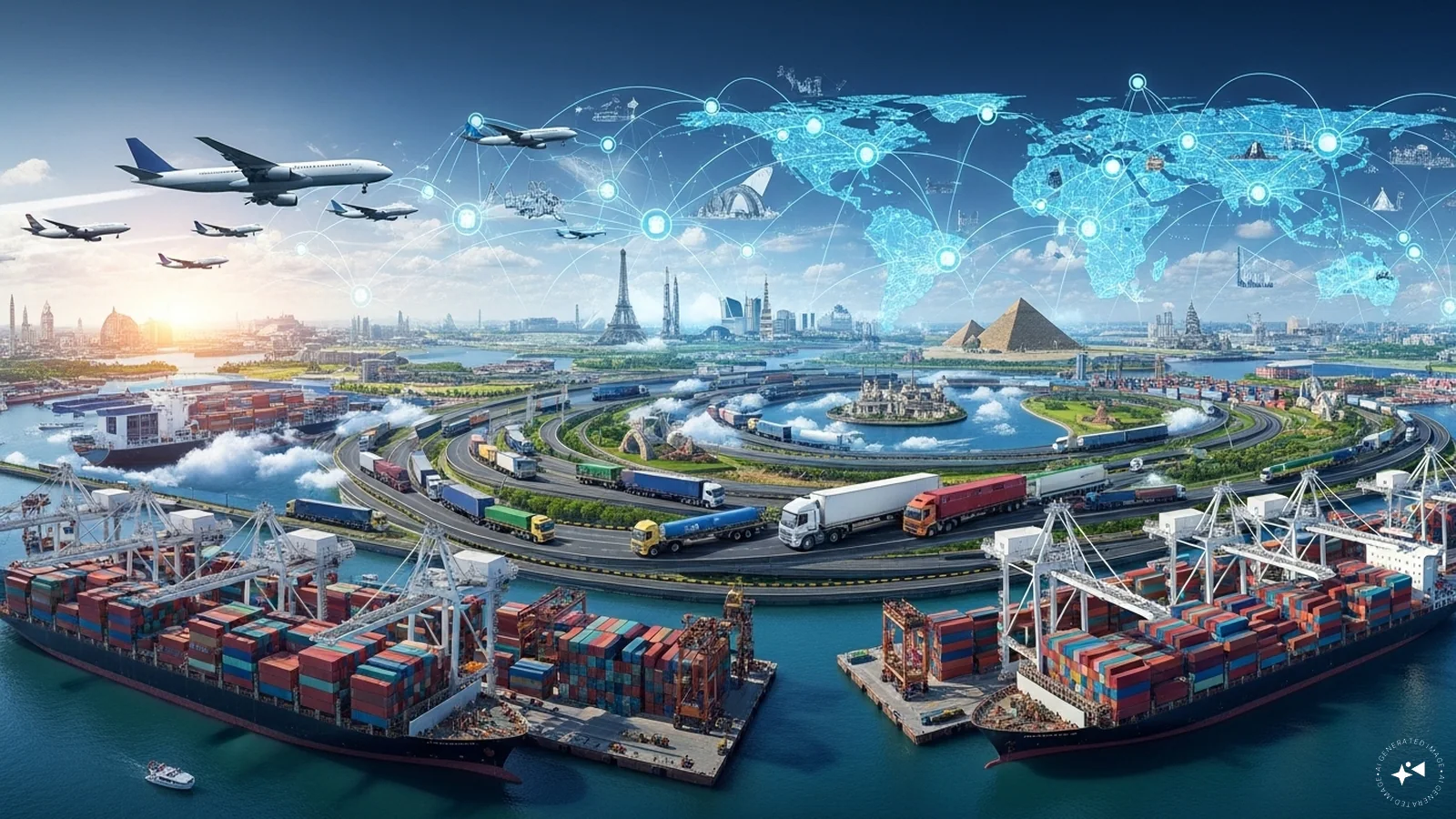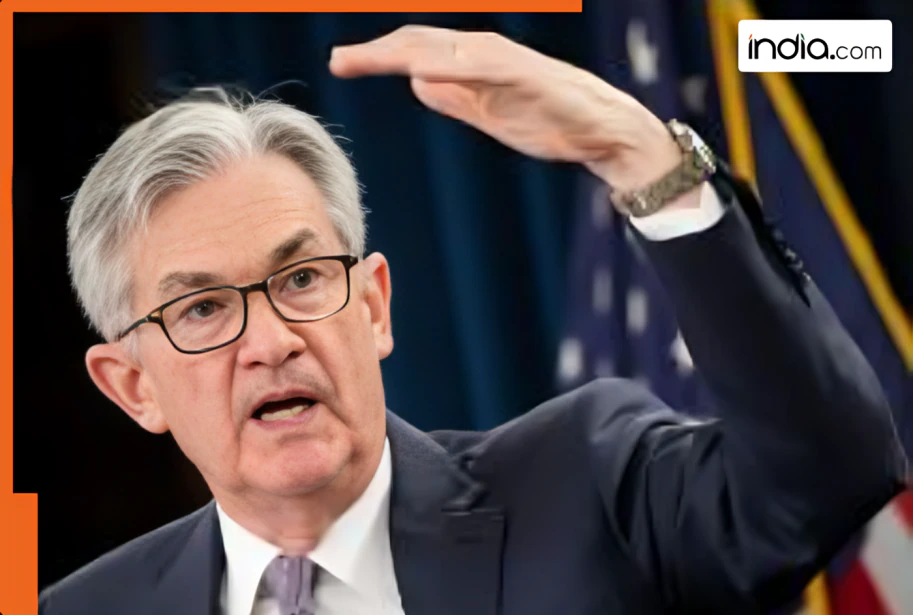By Gautam R Desiraju,News18
Copyright news18

In a recent post, the two well-known US geopolitical analysts with somewhat different views, John Mearsheimer and Jeffrey Sachs, have come together with a persuasive hypothesis that governs the behaviour of powerful nations. Mearsheimer represents the realist school of international relations that holds that the international system is anarchic, with no central authority to enforce rules.
In our scriptures, this style of functioning is called ‘matsya nyaya’, the law of the fish. To achieve regional hegemony great powers are constantly engaged in a security competition, which can lead to conflict. Sachs, on the other hand, argues for multilateral cooperation. His approach is essentially a critique of realism; it is not difficult to appreciate that the recent coming together of India, China and Russia in the Tianjin SCO is seen as an acceptance of the new multipolar world and is more aligned to Sachs’ long held views on this matter.
Sachs and Mearsheimer have come together when they opine that the behaviour of nations, or shall we call them the new empires, in particular the US, China, India and Russia, will be governed by accepting one of two alternative principles: spheres of security and spheres of influence. In the former, a powerful nation seeks to intervene only if in the actions of its neighbours it sees its own security compromised. India’s behaviour in Doklam, Galwan and Sindoor exemplifies this line of thought as did the US behaviour in the Cuba missile crisis of 1962. The US Monroe Doctrine was an early example of this—a fledgling republic was telling a powerful Europe that if it did not meddle in the affairs of Mexico and South America, the US would not interfere in European matters. It was defining its sphere of security.
A century later Franklin Roosevelt, in a vastly more powerful US, reversed this position and the US arrived at its presently held position of developing its sphere of influence (or control). The US would interfere actively in the internal workings of a country, including initiating regime changes (Chile, Bangladesh, Libya, Iraq), if it felt in a real or imagined manner that US interests were being harmed by any activity in that foreign country.
To cut a long story short, the US continues to persist with its propagation of its sphere of influence (basically the whole world) while the SCO/BRICS group of countries advocate for each of its members protecting their individual spheres of security. This is the new clash of civilisations—the SCO represents three giant Eurasian civilisations while the US Amerisphere represents a single world hegemon. Ukraine typifies this to the hilt: Russia seeks to protect its sphere of security while the US tries to increase its sphere of influence. This is the gigantic clash of cultures, civilisations, customs and constructs that we will see in the 21st century, not Huntingdon’s simpler example of the West versus Islam.
It is a truism to say that politics, and I include geopolitics here obviously, is driven by economics. A dramatic example of this in geostrategic calculations of nations are its global supply chains. These chains largely had to do with internal business practices, management priorities and transportation issues within nations. After the arrival of globalisation in the 1990s, supply chains started acquiring international character.
In general, only the US could even hope to control complete supply chains for any given commercial product and even this predominance faded with the rise of China. Countries started needing one another to develop robust supply chains. It is unsurprising therefore that they started looking at supply chains from the point of view of their sphere of influence, which has been the dominant mode of international behaviour ever since. Supply chains became theatres of war and countries would use them to extend their political philosophies, taking from Clausewitz’s definition of war itself.
Moving from the general to the specific, let us take up the case of supply chains in the global pharmaceutical industry. There are three major players today: China, India and the US. Till now, there was an uneasy relationship between these three countries with regard to pharmaceutical products. Till the 1990s, the US was the clear leader in terms of innovation and India in the matter of manufacture of bulk drug intermediates and generic products. China entered the area actively around 2000, and with a mixture of subterfuge, sabotage skullduggery and subversion, it ejected India from the manufacturing side of the pharmaceutical industry and India was compelled to remain content with the formulation of Chinese manufactured bulk drugs, or active pharmaceutical ingredients (API) as they are referred to in the industry. We take the APIs and make them into tablets, capsules, injections and ointments, basically dress them up in the form in which they are marketed.
There is no innovation or scientific advancement in formulation except at the most basic level—China held all the cards as far as API synthesis went. As for the US, the cost of developing an innovator drug there became so high (the average cost estimated by Deloitte today is $2.2 billion today for a brand-new drug developed de novo), that it became compelled to sell Chinese-made Indian-formulated drugs at high prices in its domestic market. To summarise, the global supply chain in pharmaceuticals today is the selling of a cheaply made Chinese product, glamorised by an Indian packaging touch, to be sold at very high prices in the US. Three countries are involved, and each wants to develop its sphere of influence with regard to these drugs.
The recent US versus SCO battle has brought these issues to the fore, and India is in a vantage position vis-à-vis pharmaceuticals. It can refuse to buy Chinese products at a time when China has very few items it can sell to India and also refuse to sell its formulated products to the US, justifiably because of tariff uncertainty. In the ongoing tariff war, the US has exempted Indian formulated pharmaceuticals because if it did not, its Medicare and Medicaid systems would collapse, but there is no way of predicting if the US suddenly were to impose a tariff on Indian made pharmaceutical products. To summarise, it is a highly volatile and uncertain situation for us.
If India and China were to bury their hatchet and move to a sphere of security way of thinking with respect to pharmaceuticals, a highly likely scenario given the general tenor of the final SCO declaration that heralds the arrival of a multipolar world order is that various vexatious issues in both countries would be resolved speedily. This author, who has had experience with the pharmaceutical industry in his own research activity in crystal engineering, is of the opinion that we could even see Indian and Chinese scientists working together in pharmaceutical “clusters” in either or both countries so that India improves its manufacturing capability while China improves its formulation capacity. At this stage the US might or might not even be necessary. SCO is not anti-American; it is just non-American.
The US would still be free to buy Indian products but even if it does not, the rest of the world becomes a viable market because India would price these items, matters of scale having been surmounted with Chinese cooperation, at a level commensurate with the economic conditions of the buyer. Till now, only Cipla was doing this in India; tomorrow it would be a viable strategy for many Indian pharmaceutical companies. Everyone wins, nobody loses, except maybe the US.
Supply chains will continue to engage the attention of politicians, diplomats, bureaucrats, economists, management experts, industrialists and academics.
Gautam Desiraju is in IISc Bengaluru and UPES, Dehradun. His forthcoming book ‘India’s Supply Chains in a World at War: Entanglement Among Empires: How Trade, Power and Conflict Are Rewriting the Global Order’, co-authored with Deekhit Bhattacharya, will be releasing in late October. Views expressed in this piece are personal to the author and do not necessarily correspond to those of News18.



